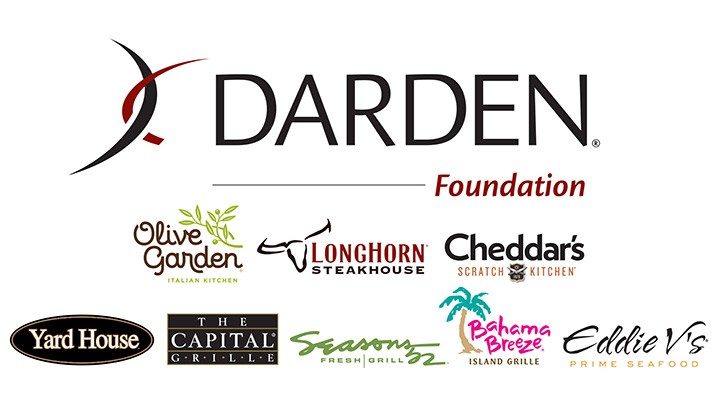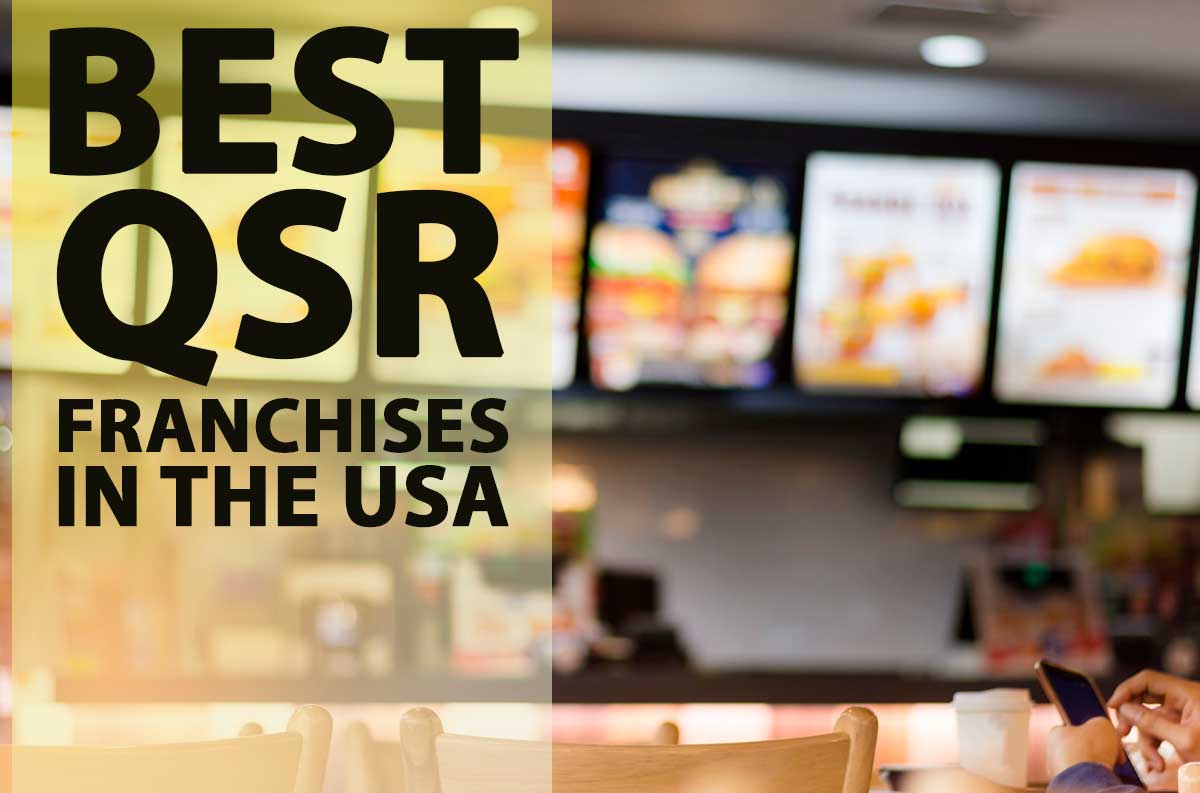As competition from fast food and delivery services rises, Darden Restaurants is focusing on faster in-store dining and operational efficiency to enhance customer satisfaction.
Darden Restaurants Focuses on Faster Dining to Drive Sales Growth
Darden Restaurants, the parent company of popular chains such as Olive Garden and Ruth’s Chris Steak House, is enhancing its dining experience by speeding up service and optimizing operations. The company aims to balance faster in-restaurant dining with increased order volume from its new delivery partnership with Uber, according to President and CEO Rick Cardenas during the company’s Q1 2025 earnings call.
Darden’s focus on faster service comes at a time when full-service restaurants face increasing competition from delivery platforms and fast-food options that offer quicker dining experiences. The goal is to improve the in-store dining experience by increasing throughput without making customers feel rushed.
The company believes that with the right operational adjustments, it can attract more customers who may have less time to spend in a full-service dining environment. “In a world that has gotten faster, full-service restaurants haven’t kept up,” said Cardenas. By improving efficiency and maintaining a high-quality dine-in experience, Darden hopes to regain its footing in the competitive restaurant market.
Facing Competition from Fast Food and Delivery Services
The full-service restaurant industry is losing customers to faster dining options, including fast food and delivery services, which have become increasingly popular. As consumers demand quicker service, full-service restaurants must adapt to meet these expectations. Darden Restaurants, which owns several well-known brands, recognizes the importance of adjusting to the changing needs of its customers.
“We’re trying to capture those dining occasions where the guest has less time to eat than they did a decade ago,” Cardenas explained. The company aims to show customers that full-service restaurants can accommodate their time constraints without compromising on the overall dining experience.
This shift in strategy is particularly important as Darden’s same-restaurant sales fell by 1.1% during the most recent quarter, which ended on August 25, 2024. This was a decline compared to the previous quarter’s sales growth of 1.6%. To turn around its performance, Darden is focusing on operational improvements that allow it to meet customer expectations for speed and convenience, while maintaining the high level of service associated with full-service dining.
Improving Operational Efficiency Without Major Investments
Despite the emphasis on faster service, Darden is not planning to make significant investments in new technology or hire large numbers of additional staff to achieve these goals. Instead, the company plans to optimize its existing operations through better scheduling and more effective use of data.
For example, Darden will analyze restaurant data to identify periods of high demand when customers are most likely to face long wait times for a table. By adjusting staff schedules to better match these busy periods, the company can reduce wait times and improve the overall dining experience.
This approach is designed to improve efficiency without disrupting the atmosphere that diners expect from a full-service restaurant. The goal is to make the dining experience more appealing to customers who may have otherwise chosen faster alternatives, like fast food or delivery, due to time constraints.
Managing Increased Delivery Volume Through Uber Partnership
In addition to improving the in-restaurant experience, Darden is also preparing to handle increased delivery volume through its partnership with Uber. As more customers opt for delivery services, Darden must ensure that its takeout operations do not negatively impact in-store dining.
To address this, Darden will implement several strategies to streamline its delivery operations. One key tactic is having Uber drivers pick up orders curbside, rather than entering the restaurant. This reduces disruption inside the dining area and keeps the focus on delivering a seamless experience for dine-in customers.
Additionally, Darden will use its proprietary capacity management tool to balance takeout orders and in-store dining. The tool will help manage order volume and ensure that delivery requests don’t overwhelm restaurant staff or negatively affect the service provided to in-store diners. “It was important for us to find a way to address this guest need without disrupting the team member or guest experience,” said Cardenas.
By carefully managing both dine-in and delivery operations, Darden hopes to meet the needs of customers who want quick service, whether they are dining in the restaurant or ordering takeout. The company’s ability to effectively balance these competing demands will be key to its success moving forward.
Addressing Industry-Wide Challenges with Speed and Service
Darden’s move to speed up its dining experience is part of a broader effort to tackle challenges faced by the entire full-service restaurant industry. While customer satisfaction with full-service restaurants remains relatively high, speed of service is a common pain point across the industry.
As more consumers prioritize convenience, full-service restaurants must evolve to meet these changing expectations. Darden is positioning itself to do just that by focusing on operational improvements that allow for faster service without sacrificing quality.
The company’s strategy is based on the idea that full-service restaurants can offer quick and efficient dining experiences, particularly for customers who may be pressed for time. By making adjustments to staffing, scheduling, and delivery operations, Darden aims to show customers that they can enjoy the full-service dining experience without feeling rushed or waiting excessively for their meal.
Looking Forward: The Future of Darden Restaurants
As Darden Restaurants continues to adapt to a rapidly changing industry, its focus on faster service and improved operational efficiency is expected to play a key role in driving future growth. The company’s ability to balance the demands of in-restaurant diners and delivery customers will be crucial as it looks to regain lost traffic and improve same-store sales.
While Darden faces significant competition from fast-food chains and delivery services, the company is confident that it can compete by offering a faster, more efficient full-service dining experience. With its well-known brands and commitment to operational excellence, Darden is poised to capture more dining occasions and attract a wider range of customers.
In the coming months, Darden’s success will largely depend on its ability to implement these changes without compromising the high-quality service that customers expect. By focusing on both speed and service, Darden aims to differentiate itself in a crowded market and position itself for long-term success.
This article explores Darden Restaurants’ strategy to speed up service and enhance the in-restaurant experience while managing increased delivery demand. The company aims to boost sales by improving efficiency without making major investments in technology or staffing.



